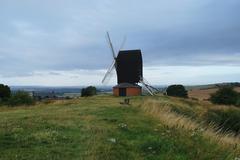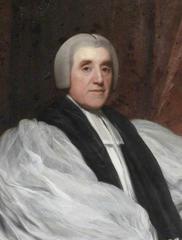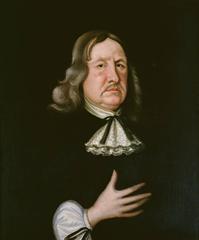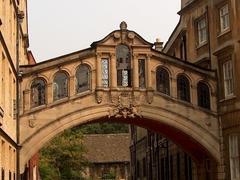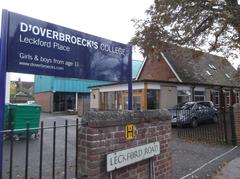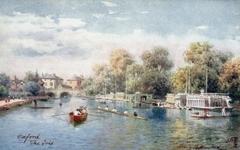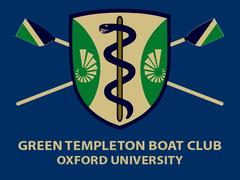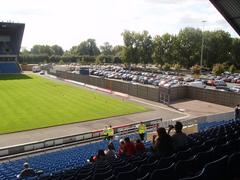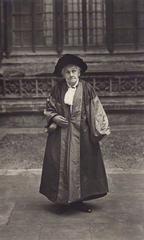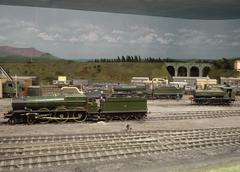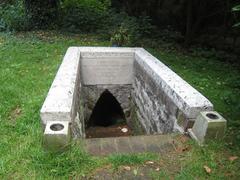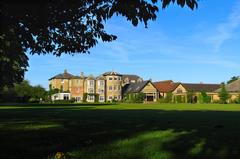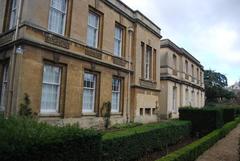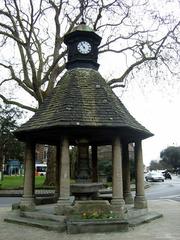
Comprehensive Guide to Visiting Brill Windmill, Oxford, United Kingdom
Date: 19/07/2024
Introduction
Nestled in the charming village of Brill in Buckinghamshire, England, Brill Windmill is one of the oldest post mills in the United Kingdom. This historical gem offers a fascinating glimpse into the past, showcasing the ingenuity of early millwrights and the rich agricultural heritage of the region. Constructed around 1680, Brill Windmill has served as a crucial facility for grinding grain into flour for the local community, reflecting the agricultural practices and rural life of past centuries (Brill Society).
As a classic example of a post mill, Brill Windmill stands on a single vertical post, allowing the entire structure to rotate to face the wind. This ingenious design highlights early advancements in wind-powered technology and pre-industrial engineering (Historic England). Over the centuries, the windmill has seen various owners and uses, transitioning from a local estate mill to a commercial enterprise before ceasing operations in the late 19th century due to advances in milling technology.
The decline of the mill in the late 19th and early 20th centuries saw it fall into disrepair, prompting local residents and heritage organizations to initiate preservation efforts. Today, Brill Windmill is a Grade II* listed building maintained by the Brill Society, which conducts regular maintenance and restoration work to ensure its preservation for future generations (Brill Village). Visitors can explore this historical landmark during the summer months, enjoying guided tours that delve into its rich history and operation.
Table of Contents
- [Early Origins](#early-originsearly-origins)
- [Architectural Significance](#architectural-significancearchitectural-significance)
- [Ownership and Usage](#ownership-and-usageownership-and-usage)
- [Decline and Restoration](#decline-and-restorationdecline-and-restoration)
- [Modern-Day Preservation](#modern-day-preservationmodern-day-preservation)
- [Cultural Impact](#cultural-impactcultural-impact)
- [Educational Value](#educational-valueeducational-value)
- [Future Prospects](#future-prospectsfuture-prospects)
- [Visitor Information](#visitor-informationvisitor-information)
- [Visiting Hours](#visiting-hoursvisiting-hours)
- [Tickets](#ticketstickets)
- [Travel Tips](#travel-tipstravel-tips)
- [Nearby Attractions](#nearby-attractionsnearby-attractions)
- [Frequently Asked Questions (FAQ)](#frequently-asked-questions-faqfrequently-asked-questions-faq)
- [Conclusion](#conclusionconclusion)
- [References](#referencesreferences)
Early Origins
Brill Windmill, located in the village of Brill in Buckinghamshire, England, is one of the oldest post mills in the United Kingdom. The exact date of its construction is not definitively known, but it is widely believed to have been built in the 17th century, around 1680. This estimation is based on dendrochronological analysis of the timbers used in its construction. The mill’s early history is closely tied to the agricultural practices of the time, serving as a crucial facility for grinding grain into flour for the local community.
Architectural Significance
The Brill Windmill is a classic example of a post mill, a type of windmill that was common in medieval and early modern England. In a post mill, the entire structure sits on a single vertical post, allowing the mill to be rotated to face the wind. This design is significant because it represents an early form of wind-powered technology, showcasing the ingenuity of pre-industrial engineering. The mill’s wooden frame and weatherboard cladding are typical of the period, and its preservation offers valuable insights into the construction techniques of the time.
Ownership and Usage
Throughout its history, Brill Windmill has seen various owners and uses. Initially, it was likely owned by local landowners who used it to process grain for their estates. By the 19th century, the mill had become a commercial enterprise, grinding grain for sale in local markets. Records from the early 1800s indicate that the mill was owned by the Pointer family, who were prominent local millers. The mill continued to operate commercially until the late 19th century, when advances in milling technology and the advent of steam-powered mills rendered traditional windmills obsolete.
Decline and Restoration
The decline of Brill Windmill began in the late 19th century. By the 1870s, it had fallen into disrepair, and its commercial operations ceased. The mill’s condition continued to deteriorate throughout the early 20th century, and by the 1920s, it was in danger of collapse. Recognizing its historical significance, local residents and heritage organizations began efforts to preserve the mill. In 1929, the Brill Windmill Trust was established to oversee its restoration. The trust raised funds and carried out extensive repairs, including replacing rotted timbers and restoring the mill’s sails.
Modern-Day Preservation
Today, Brill Windmill is a Grade II* listed building, a designation that highlights its historical and architectural importance. The mill is maintained by the Brill Society, a local heritage organization dedicated to preserving the village’s historical landmarks. The society conducts regular maintenance and restoration work to ensure the mill remains in good condition. In recent years, efforts have focused on preserving the mill’s original features while making it accessible to the public. The mill is open to visitors during the summer months, offering guided tours that provide insights into its history and operation. For more information on Brill Windmill visiting hours and tickets, please visit the Brill Society’s website.
Cultural Impact
Brill Windmill holds a special place in the cultural heritage of the village and the wider region. It is a symbol of the area’s agricultural past and a testament to the ingenuity of early millwrights. The mill has been featured in various works of art and literature, reflecting its iconic status. Local folklore and traditions often reference the mill, and it is a popular subject for photographers and artists. The mill’s presence has also contributed to the village’s identity, making Brill a destination for heritage tourism.
Educational Value
The educational value of Brill Windmill cannot be overstated. It serves as a tangible link to the past, offering visitors a glimpse into the lives of those who lived and worked in the area centuries ago. The mill’s preservation allows for hands-on learning experiences, with demonstrations of traditional milling techniques and explanations of the mill’s mechanics. Schools and educational groups frequently visit the mill as part of history and science curricula, using it as a case study in early engineering and agricultural practices.
Future Prospects
Looking to the future, the preservation of Brill Windmill faces several challenges. Climate change and environmental factors pose risks to the structure, necessitating ongoing maintenance and conservation efforts. Funding is also a critical issue, as the costs of preservation are substantial. However, the commitment of local residents and heritage organizations provides hope for the mill’s continued survival. Plans are in place to enhance the visitor experience, including the development of interactive exhibits and educational programs.
Visitor Information
Visiting Hours
Brill Windmill is open to visitors during the summer months, typically from May to September. Specific visiting hours can be found on the Brill Society’s website.
Tickets
Entry fees are modest and help support the ongoing maintenance and preservation of the mill. Ticket prices and purchasing information are available on the Brill Society’s website.
Travel Tips
The windmill is located in the quaint village of Brill, which offers other attractions such as scenic walks and local pubs. Parking is available nearby, and the site is accessible by foot from the village center.
Nearby Attractions
While in Brill, visitors can also explore the beautiful Buckinghamshire countryside, visit nearby historical sites such as Waddesdon Manor, and enjoy local dining options.
Frequently Asked Questions (FAQ)
Q: What are the visiting hours for Brill Windmill?
A: Brill Windmill is open from May to September. Specific hours can be found on the Brill Society’s website.
Q: How much are tickets for Brill Windmill?
A: Ticket prices are modest and listed on the Brill Society’s website. The funds support the mill’s preservation.
Q: Is Brill Windmill accessible for those with disabilities?
A: The windmill has some accessibility challenges due to its historic nature, but efforts are made to accommodate all visitors. Contact the Brill Society for specific accessibility information.
Q: Are guided tours available?
A: Yes, guided tours are available during visiting hours and offer detailed insights into the mill’s history and operation.
Conclusion
Brill Windmill is a remarkable historical landmark that offers valuable insights into the agricultural and technological history of the United Kingdom. Its preservation is a testament to the dedication of the local community and heritage organizations, ensuring that future generations can appreciate this iconic structure. For more information on Brill Windmill visiting hours, tickets, and more, you can visit the Brill Society’s website.

